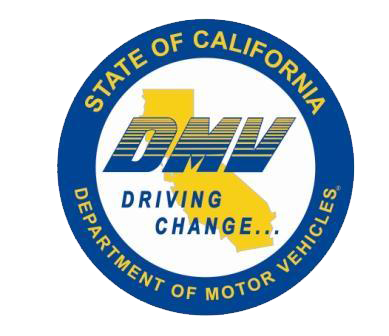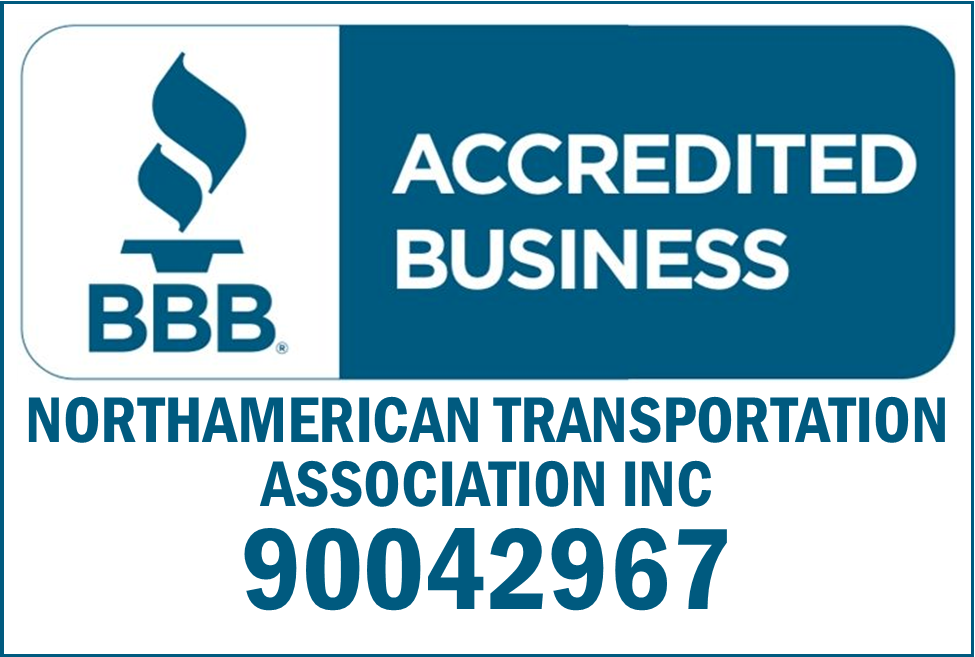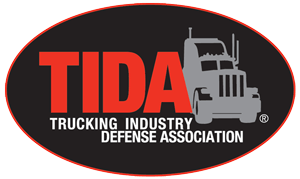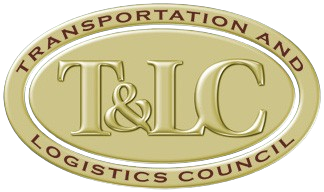Beware the ‘Blind Zone’ When Unloading Cargo
A truck driver’s recent death at a construction site serves as a heartbreaking reminder of the dangers that cargo unloading can bring.
The 63-year-old driver was crushed by a 2,500-pound crate of roofing materials that fell off the side of his flatbed trailer as he was walking towards the cab. The tragic incident could have been avoided if the truck driver and the forklift operator unloading the cargo had taken basic precautions.
A Series of Mistakes
The driver had asked construction workers at the site if they would help unload his trailer using their telehandler forklift. A carpenter — uncertified in forklift operation — agreed to help. As he lifted two 56-foot-long wood crates on the passenger side of the trailer, the truck driver walked around to the driver’s side, out of view, so he could pull the truck forward and out from under the cargo.
As the carpenter lifted the crates, a third crate was inadvertently pushed off the driver’s side of the trailer and onto the truck driver. By the time the construction crew lifted the crate using a skid steer, it was too late to save the driver’s life.
No Visibility
Investigators at the Washington construction site found several issues at the scene:
- The crates were not raised off the trailer deck enough for the telehandler’s forks to slide underneath.
- The telehandler operator and spotters had an obstructed view of the load and workers on the ground. They also assumed the driver was in his truck cab when they began unloading the trailer.
- The driver was not wearing a hi-visibility vest or hardhat.
Safety vs. Complacency
The driver’s death serves as a stark reminder that complacency is the enemy of safety. The process of unloading the crates seemed so easy, what could go wrong? In this case — and many others like it — a lot.
To help prevent similar incidents, the Washington State Department of Labor & Industries recommends that employers:
- Provide initial and refresher cargo-securement training for flatbed drivers that emphasizes:
- Pre-task planning;
- Maintaining situational awareness and clear visibility of workers, vehicles, equipment, and loads;
- Wearing high-visibility clothing and personal protective equipment; and
- Identifying blind zones around trailers.
- Prohibit forklift operators from unloading freight on flatbed trailers unless they are trained and certified.
Put it in Writing
The agency also recommends that motor carriers create and enforce policies and procedures for unloading freight. As part of those policies, require drivers to:
- Analyze the unloading area for hazards.
- Take responsibility, if appropriate, for preventing other workers from being harmed by falling or shifting freight and movement of material handling equipment.
- Place high-visibility warning signs at each end of the blind zone on the opposite side of the flatbed trailer from where the forklift or crane operator is unloading.
- Mark the blind zone even when a spotter is present, and make sure no one enters it.
- Verify signage and other safeguards before starting work.
- Wait in the cab or a designated safe zone when other workers are unloading with forklifts or cranes.
Keep in mind: drivers can get so used to doing their jobs — expecting the same outcome every time — that they become a hazard to themselves. That’s why it’s important to “break up the routine” with safety meetings, toolbox talks, and follow-up training. Share stories like this one to remind drivers of how complacency can create unexpected dangers.
Key to remember:
Cargo unloading can result in tragedy. Take action to ensure your drivers are vigilant when it comes to protecting themselves and others at the unloading site.
Content Disclaimer: Due to the constantly changing nature of government regulations, it is impossible to guarantee the total and absolute accuracy of the material contained herein or presented. NorthAmerican Transportation Association (NTA) cannot and does not assume any responsibility for omissions, errors, misprinting or ambiguity contained. NTA shall not be held liable in any degree for any loss, damage or injury caused by any such omission, error, misprinting or ambiguity present. It is made available with the understanding that NTA is not engaged in rendering legal, accounting or other professional service. If legal advice or other expert service is required, the services of such a professional should be sought.











